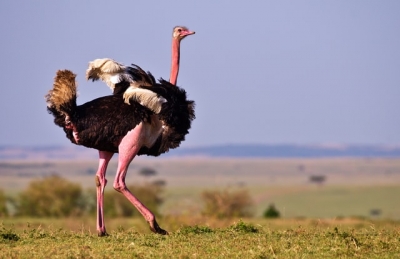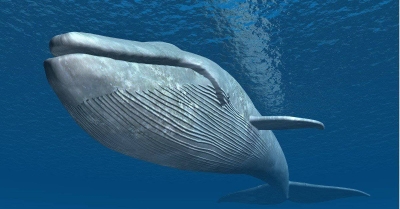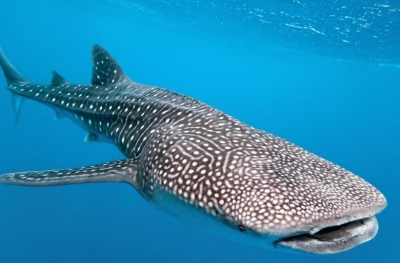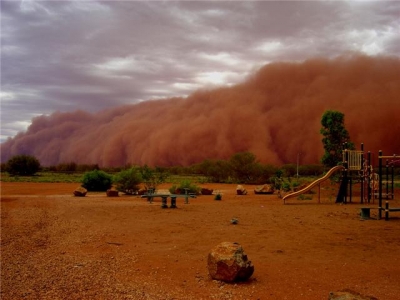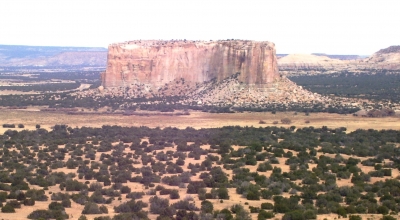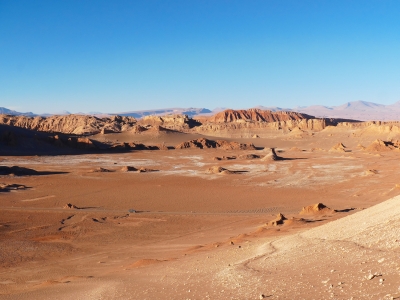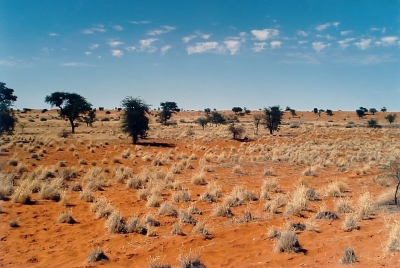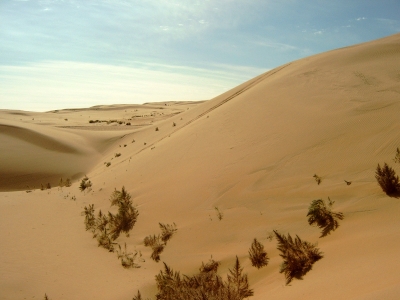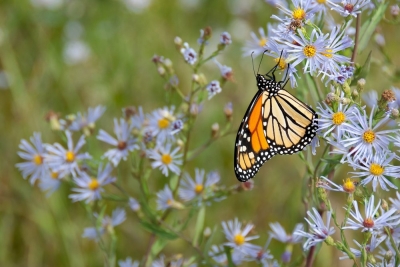Which is the world's largest flower?
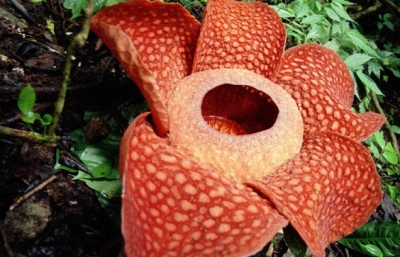
Rafflesia Arnoldii, or the corpse flower, is the largest individual flower on Earth. It is a species of flowering plant in the parasitic genus Rafflesia found in the rain-forests of Sumatra and Borneo. With a strong and unpleasant odour of decaying flesh, it grows to a diameter of around one metre and weighs up to 11 kilograms. The buds of these flowers are about 30 cm wide and are very large and cabbage- like, in maroon or dark brown colour.
The flower is in fact a pot with five petals with striking red-brick and spotted cream colours, which warmly welcome carrion flies that are hungry for detritus. But the plant is now facing the threat of extinction and its existence is limited to places like Sumatra, Borneo, Thailand and the Philippines, because of depredations caused by humans and its own internal biology.
In terms of survival, everything seems to be against Rafflesia. Firstly, its seeds are difficult to germinate. As a result, it sustains entirely as a parasite on just one type of vine. This is dangerous as it can't survive without the vine. Apart from this, once it has acquired its nutrition by being a parasite, the plant breaks out as a flower bud, swells up over several months, and then bursts into flower. But even after this arduous growth phase, most of the flower buds perish before blooming. Even after blooming, Rafflesia can last only a few days, and is forced to pollinate in this short period of time. But the chances of pollination are very rare as the numbers of plants are decreasing steadily.
Picture Credit : Google
